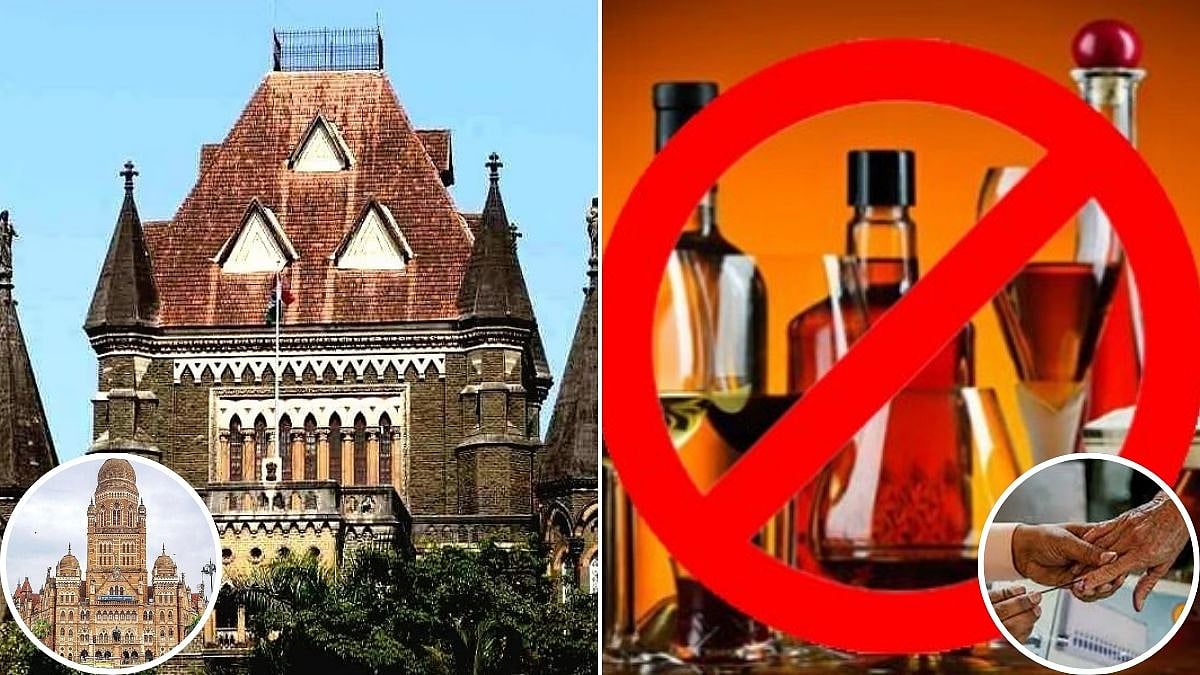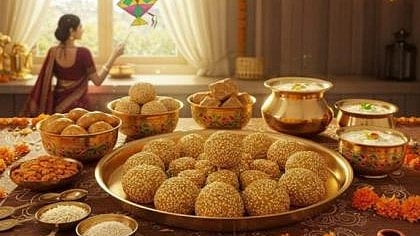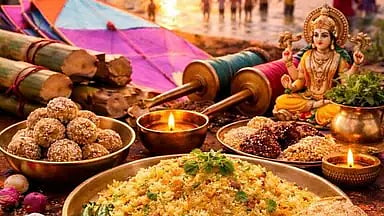Common understanding often is foggy, thinking that ‘purusha’ is male as ‘stree’ is woman. Actual meaning of Purusha is ‘human being’. Artha is means or purpose. Thus, Purushartha means the purpose for human being.
Dharma, Artha, Kaama, and Moksha are said to be common to all human beings and said to be ‘Purusharthas’. Of these the pri,oritization happens for different persons in different order. Before the seemlessness of these is understood, one needs a basic understanding of each.
Dharma is often interpreted as righteous conduct. This conduct is time and space bound and one has to be time and space-conscious during the execution. What is appropriate for one ‘yuga’ may not be appropriate for another is the general understanding, which is correct. Even during a particular yuga, what is appropriate in ‘normal’ times need not be followed during difficult times. During such specific demanding times what has to be followed is called ‘apad-dharma’. Especially when the situation is such that one can’t survive and life is at stake, ‘breaking the norm’ is absolutely fine.

Artha is often understood as riches or wealth. The reason why Artha follows Dharma is the earning should be according to Dharma. What should be the extent of Artha one has to aspire for and what means is the question. As long as the greed is not there and sick attachment to the earnings are not there, there is no limit is the understanding. What means is simple to answer, without breaking one’s dharma. Can one kill any and make money? Dharma-vyadha’s story from the tradition says that one can be spiritually ‘arrived’ without the limitation of means of making a livelihood, as long as it is one’s dharma.
Kaama is often hinted as basal desire. Kaama is fulfilment of one’s desire which is not breaking the above rules of Dharma and Artha. Then, one is equated to the droplet on the leaf which doesn’t get attached to it. Bhoga is often related to the body, both for and by, and the spirit is unattached to it. When one does above three by the allowed means and in the order, Moksha is the resultant condition. There needs to be no craving or pursuit for this. One is in already in that state.
Prof S Ainavolu is a Mumbai-based teacher of tradition and management. He is with VPSM. Views are personal. www.ainavolu.in/blog










